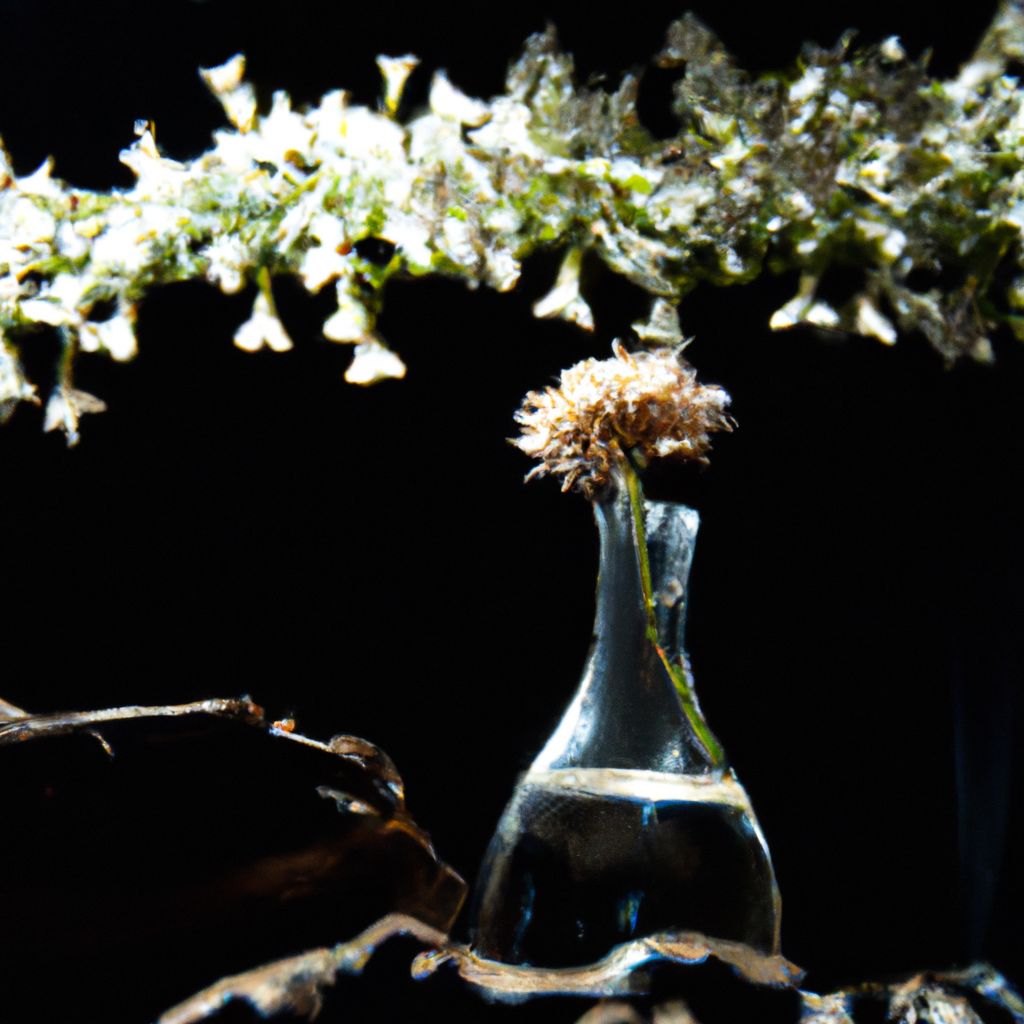Japanese Ikebana, a centuries-old art form, is a unique and meditative practice that fuses the beauty of nature with human creativity. Ikebana, which means "living flowers" in Japanese, is a delicate and contemplative process that can bring tranquility and balance to any environment. In this blog, we'll explore the history and principles of Ikebana, along with a step-by-step guide to creating your own arrangements.
A Brief History of Ikebana
Ikebana has a rich history that dates back to the 6th century, when Buddhism was introduced to Japan from China. The art of flower arrangement was initially practiced in Buddhist temples and was used as a way to honor Buddha. Over time, Ikebana evolved from a purely religious practice into a secular art form, embraced by the Japanese society at large.
"In joy or sadness, flowers are our constant friends."
By the 15th century, Ikebana had gained widespread popularity and distinct schools of thought began to emerge, each with its own unique style and philosophy. These schools include the Ikenobo, Ohara, and Sogetsu schools, which continue to influence Ikebana practitioners today.
Principles of Ikebana
Regardless of the specific school or style, the art of Ikebana is firmly rooted in certain guiding principles. Some of the key principles include:
- Asymmetry: Ikebana arrangements are often intentionally asymmetrical, reflecting the natural world and embracing imperfection.
- Minimalism: Ikebana emphasizes simplicity and restraint, using a small number of carefully chosen elements to create a harmonious and balanced composition.
- Space: The spaces between flowers and branches are just as important as the elements themselves, as they create a sense of depth and movement.
- Seasonality: Ikebana artists often use seasonal flowers and materials, reflecting the passage of time and the beauty of the natural world.
- Spirituality: Ikebana is a meditative practice that encourages self-reflection and a deep connection with nature.
Creating Your Own Ikebana Arrangement
Ready to try your hand at Ikebana? Follow these simple steps to create your own stunning arrangement:
- Choose your materials: Select a small number of flowers, branches, or leaves that are fresh and seasonal. Look for interesting shapes, textures, and colors that will complement each other.
- Prepare your vase: Choose a vase that is both functional and aesthetically pleasing. Traditional Japanese vases or shallow containers are often used, but feel free to get creative with your choice.
- Trim and clean: Carefully trim your materials to the desired length, removing any damaged or unwanted leaves or petals. Clean the stems to ensure they can properly absorb water.
- Arrange your materials: Begin by placing the tallest or most prominent element in your vase, anchoring it with a kenzan (a spiked flower holder) if necessary. Add additional elements one at a time, working from tallest to shortest. Consider the principles of asymmetry, minimalism, and space as you arrange your materials.
- Finishing touches: Take a step back and view your arrangement from multiple angles. Make any necessary adjustments to achieve balance and harmony. Remember that less is often more when it comes to Ikebana.

With patience and practice, you can master the art of Ikebana and create stunning floral arrangements that bring a sense of serenity and beauty to your home or workspace. Embrace the meditative nature of this ancient art form and discover the joy of crafting your own unique connection with the natural world.


